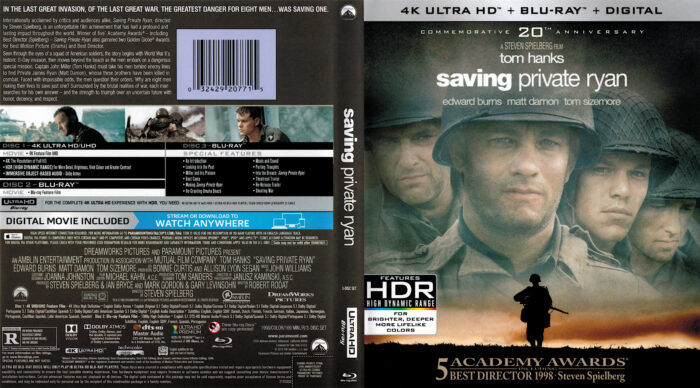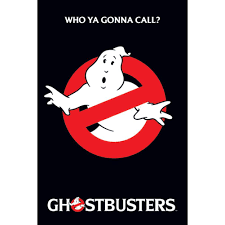
Introduction
Since its release in 1998, Saving Private Ryan has been hailed as one of the greatest war films of all time. Directed by Steven Spielberg, the film offers a powerful depiction of the harrowing experiences of soldiers during World War II, particularly through the lens of the D-Day invasion. Its gripping storytelling and stark realism not only captivated audiences but also reshaped the portrayal of war in cinema.
The Film’s Release and Reception
Saving Private Ryan premiered at the Cannes Film Festival in May 1998 and was released in the United States later that year, quickly becoming a box office success. Grossing over $482 million worldwide, the film received widespread critical acclaim, with reviewers praising its intense and visceral depictions of combat—especially the Omaha Beach sequence, which is often cited as one of the most realistic battle scenes ever filmed.
The film garnered five Academy Awards and was nominated for several others, solidifying its place in cinematic history. Its raw and emotional storytelling resonated with both audiences and critics alike, contributing to a renewed interest in World War II veterans’ stories and the importance of remembering history.
Historical Context and Realism
One of the most remarkable aspects of Saving Private Ryan is its commitment to historical accuracy. Spielberg and his team conducted extensive research to ensure that the events and experiences depicted in the film were authentic. This dedication allowed for a more profound exploration of the psychological and physical toll of war.
Moreover, the film’s depiction of the moral complexities faced by soldiers—as they grappled with orders, brotherhood, and the value of human life—added layers to its narrative that sparked discussions about duty, sacrifice, and the nature of heroism.
Legacy and Cultural Impact
Saving Private Ryan has since inspired countless films and documentaries, setting a new standard for how war stories are told. It prompted younger generations to consider the sacrifices made by those who fought in the war and helped foster respect for veterans. The film’s influence extended beyond cinema; it has been the subject of numerous academic discussions regarding its impact on cultural perceptions of World War II.
Conclusion
As we look back on its impact, Saving Private Ryan remains an essential film not just for its artistic achievements but for its role in preserving the narrative of World War II. Its combination of gripping storytelling, character development, and commitment to realism signifies why the film is relevant today, and it will undoubtedly continue to resonate with future audiences. In a time when the lessons of history are more important than ever, Spielberg’s masterpiece serves as a poignant reminder of the past and the enduring spirit of those who served.
You may also like

The Enduring Legacy of Sylvester Stallone

The Remarkable Journey of Michael Caine
